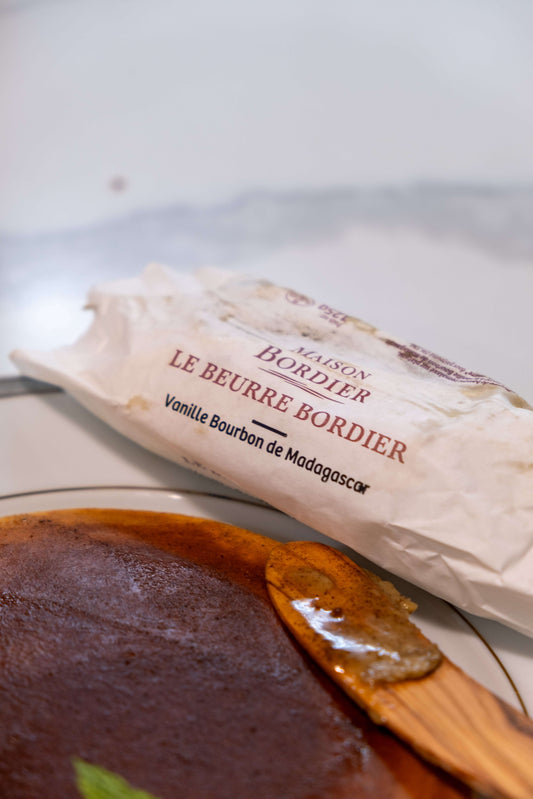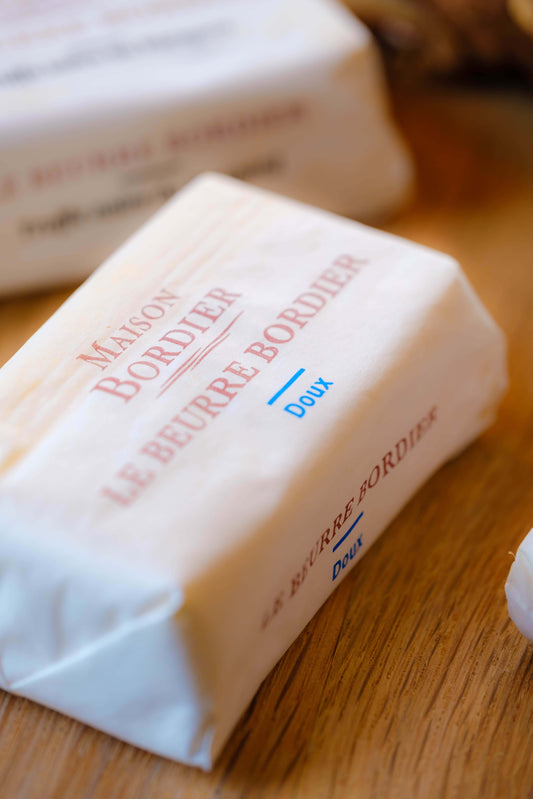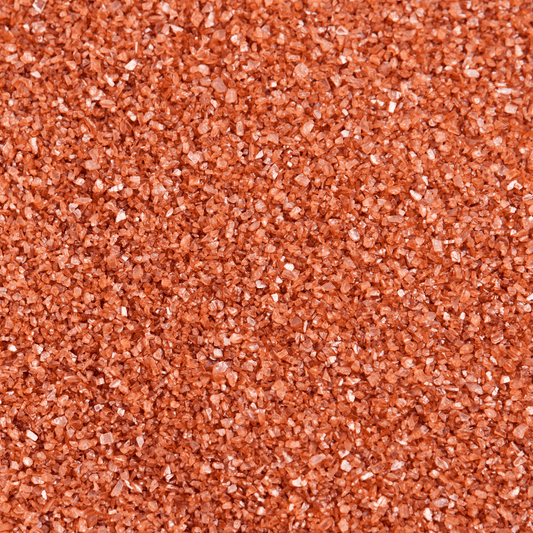
The High-End Food Destination For Caviar, Truffles & Mushrooms
Your destination for luxury dining enthusiasts. The finest caviar, truffles, and mushrooms are at the heart of our gourmet selection. Whether you're a culinary connoisseur seeking the perfect ingredient for your next creation or simply looking to indulge in the finer tastes of life, our curated collection promises an unparalleled experience.
Exclusive Selection Caviar
-
Beluga Hybrid Caviar
Regular price $140.00 USDRegular priceUnit price / per -
Kaluga Black Caviar
Regular price From $95.00 USDRegular priceUnit price / per -
Kaluga Amber Caviar
Regular price $99.00 USDRegular priceUnit price / per$80.00 USDSale price $99.00 USD -
Kaluga Gold Caviar
Regular price $110.00 USDRegular priceUnit price / per -
Osetra Black Caviar
Regular price From $75.00 USDRegular priceUnit price / per -
Osetra Prunier Caviar
Regular price $96.00 USDRegular priceUnit price / per -
Osetra Gold Caviar
Regular price $120.00 USDRegular priceUnit price / per -
California White Sturgeon Caviar
Regular price $99.00 USDRegular priceUnit price / per -
Italian White Sturgeon Caviar
Regular price $96.25 USDRegular priceUnit price / per$63.00 USDSale price $96.25 USD -
Royal Siberian Caviar
Regular price $96.25 USDRegular priceUnit price / per$66.00 USDSale price $96.25 USD -
Hackleback Caviar
Regular price $46.88 USDRegular priceUnit price / per -
Paddlefish Caviar
Regular price $21.08 USDRegular priceUnit price / per

Your Destination For Fresh Truffles
We bring you the finest selection of premium truffles, carefully sourced from the heart of their origins.
Newest Products
-
Le Beurre Bordier Lemon Olive Oil Butter
Regular price $22.99 USDRegular priceUnit price / per -
Le Beurre Bordier Wild Garlic and Kampot Pepper Butter
Regular price $23.99 USDRegular priceUnit price / per -
Caviar Spoon Gift Box
Regular price $3.98 USDRegular priceUnit price / per -
Chipolata Sausage
Regular price $19.75 USDRegular priceUnit price / per -
Crépinette de Porc - Seasoned Pork Patty
Regular price $7.50 USDRegular priceUnit price / per -
Mild Chorizo Sausage
Regular price $24.75 USDRegular priceUnit price / per -
Le Beurre Bordier Madagascar Bourbon Vanilla Butter
Regular price $32.99 USDRegular priceUnit price / per -
California White Sturgeon Caviar
Regular price $99.00 USDRegular priceUnit price / per -
Osetra Prunier Caviar
Regular price $96.00 USDRegular priceUnit price / per -
Le Beurre Bordier Unsalted Butter "Doux"
5.0 / 5.0
(1) 1 total reviews
Regular price $17.99 USDRegular priceUnit price / per -
Red Alaea Sea Salt
Regular price $7.99 USDRegular priceUnit price / per -
Cherrywood Smoked Sea Salt
Regular price $7.99 USDRegular priceUnit price / per -
Le Beurre Bordier Espelette Pepper Butter
Regular price $23.99 USDRegular priceUnit price / per -
Le Beurre Bordier Salted Butter "Demi-Sel"
5.0 / 5.0
(2) 2 total reviews
Regular price $17.99 USDRegular priceUnit price / per -
Glass Caviar Server
Regular price $40.63 USDRegular priceUnit price / per
Let customers speak for us
from 57 reviewsThe butter is excellent!

Thank you for having the best quality products available.

Dr Delicacy was a great experience! I purchased the Italian White Sturgeon Caviar, bellinis and crème fraîche for my father. He enjoyed it all! I had a taste and it was amazing!! The service I received at Dr Delicacy was also great. The woman who helped me was very kind and helpful! I can’t wait to come back and after my father tried the food I bought he said we definitely will be returning!!

Great packaging and so fresh and great chanterelles

Very pleased with our caviar purchase (our first) from dr delicacy.

Thank you for the care you took to educate me about caviar.
These are very subtle with the truffle and paired well with my caviar.

I came in to the store with no idea what I wanted to try. I had amazing customer service. And this Caviar is soooooo good. So buttery and delicious. Thank you all!!!

I am so happy I can find this French butter in Texas. Butter came sealed in an air tight packaging and with enough ice to last a few hours in this Texas heat. Appreciate the effort in getting this product to me.
Le Bordier is the best butter you can have with some toast

These went quickly at my party so I have to assume they were tssty

Really liked these. Any kind of pickle is good but these were really good

So, Ive been hearing about this life changing French butter for years, but was never able to get my hands on any. I live in Las Vegas, so getting something as delicate as butter delivered can be a dicey proposition.
About once. year I go online to see if anyone anywhere close to me has any and can get it to me. This time I found it on DR Delicacy's website. Of course it was crazy expensive, and shipping was insane, but when ya gotta have it, ya gotta have it.
Shockingly, the butter arrived packaged extremely well, and in perfect condition. In anticipation I had gotten a fresh baguette, and was most excited to bring the two together. I must admit, though it was delicious, it was not, as I had hoped, life changing. Maybe it's me, or my expectations were too high, but, and don't kill me for saying this, it wasn't that much better than Kerrygold.
Still, I very much appreciate the trouble DK Delicacy went to get it to me quickly and safely!

Subscribe to our newsletter
Stay updated on our newest items, discounts, and events!




































